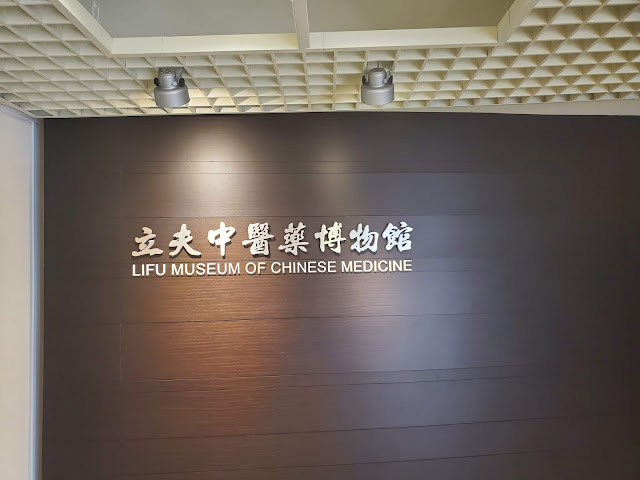We begun the day with a very relaxing tea and calligraphy class. It was the calmest activity I believe we have done since we have been here. I really enjoyed the atmosphere, the tea made me feel so calm,and the professor, Mr. White had a relaxing voice. Everything went fantastic. We practiced some Chinese letters in calligraphy which was extremely hard. It was hard to do, but also a lot of fun. We left from there, grabbed some lunch and then went to the lab. We had a lot of work to do. Once that was over, we all relaxed with each other and headed back to the hotel for the night. I'm actually holding the brush wrong. You are supposed to hold the brush perfectly up and down, but every time I used the brush I wanted to hold it more like a pen, and trying to get the brush strokes right felt impossible. I didn't do too bad though. Here is me and Anna's practice paper. The bottom left is probably the best one i've done when I practiced. Mr. White drew this f...

































Comments
Post a Comment